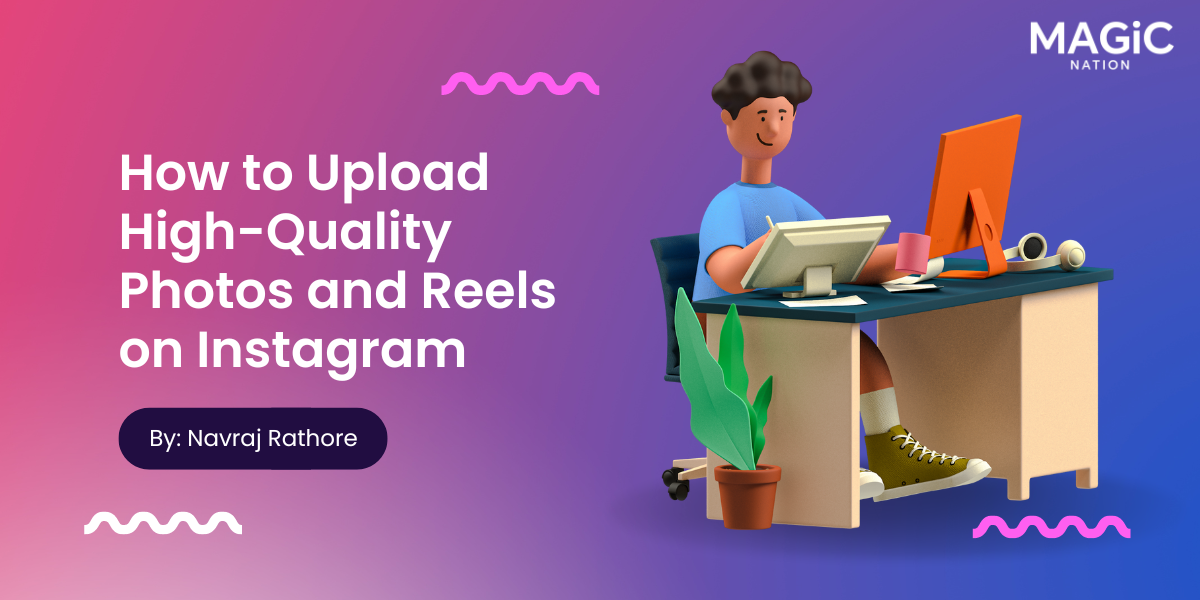[flash=]The Development of New Smartphone Camera Technologies[/flash]
Smartphone cameras have come a long way in recent years. They are now capable of taking stunning photos and videos in a variety of lighting conditions. This is due in part to the development of new smartphone camera technologies.
Here are some of the latest smartphone camera technologies:
* **Larger sensors.** One of the most important factors in smartphone camera quality is the size of the sensor. Larger sensors capture more light, which results in better image quality in low light conditions.
* **Multi-lens systems.** Many smartphones now feature multiple cameras, each with its own lens. This allows smartphones to take photos with different focal lengths, which can be used to create effects such as bokeh and portrait mode.
* **Optical image stabilization (OIS).** OIS helps to reduce camera shake, which is especially important for low-light photography and videography.
* **Phase detection autofocus (PDAF).** PDAF is a fast and accurate autofocus system that is especially well-suited for tracking moving subjects.
* **Artificial intelligence (AI).** AI is being used to improve smartphone camera performance in a variety of ways. For example, AI can be used to improve image processing, noise reduction, and white balance.
In addition to these general trends, there are a number of specific smartphone camera technologies that are currently under development. Here are a few examples:
* **Under-display cameras.** Under-display cameras are cameras that are hidden beneath the display of a smartphone. This would allow smartphones to have a more seamless design and a higher screen-to-body ratio.
* **Foldable camera lenses.** Foldable camera lenses would allow smartphones to have larger sensors and more complex lens systems without increasing the size of the device.
* **Liquid lens technology.** Liquid lens technology would allow smartphones to focus faster and more accurately than ever before.
* **Computational imaging.** Computational imaging is a type of photography that uses software to improve the quality of images. Computational imaging is already being used in smartphones to improve image quality in low light conditions and to create effects such as bokeh. However, computational imaging is still in its early stages of development, and there is a lot of potential for innovation in this area.
These are just a few of the many new smartphone camera technologies that are currently being developed. As these technologies continue to mature, we can expect to see even more amazing smartphone cameras in the future.
Here are some specific ways that new smartphone camera technologies could be used to improve our lives:
* **New smartphone camera technologies could be used to develop new medical applications.** For example, smartphones with advanced camera capabilities could be used to diagnose diseases and monitor patients' health.
* **New smartphone camera technologies could be used to improve the safety and security of our communities.** For example, smartphones with advanced camera capabilities could be used to monitor traffic and public spaces for potential threats.
* **New smartphone camera technologies could be used to enhance our creativity and productivity.** For example, smartphones with advanced camera capabilities could be used to create augmented reality experiences and to take professional-quality photos and videos.
Overall, the development of new smartphone camera technologies is an exciting area of innovation. As these technologies continue to mature, we can expect to see smartphone cameras become even more powerful and versatile. This will have a positive impact on a wide range of industries and applications.
Recent Posts

The Evolution of Photography: From Film to Digital
Sun Sep 29, 2024 2:57 am
Navraj rathore
1
1

Top Mobile Video Editing Apps You Need to Know!
Sun Sep 29, 2024 2:35 am
Navraj rathore
3
1

Fun Fact: Did You Know About Amazon Photos?
Sun Sep 29, 2024 2:17 am
Navraj rathore
3
1

"How to Upload High-Quality Photos and Reels on Instagram"
Sun Sep 29, 2024 2:01 am
Navraj rathore
2
1

AI wonders : Designs.ai Logo Maker
Sat Sep 28, 2024 9:52 pm
saipixels
57
3

Mastering Depth of Field: A Beginner's Guide
Sat Sep 28, 2024 9:38 pm
sarthhkk
77
3

Do More Megapixels Mean Better Photos?
Mon Sep 23, 2024 2:51 am
Navraj rathore
102
5

Tech News II Snapdragon II Twitter (X) II Instagram
Fri Sep 27, 2024 12:24 am
Syed_Nabi23
98
4

How the Brain's Salience Network Might Hold the Key to Understanding Depression
Fri Sep 27, 2024 7:34 pm
Arijit Mukherjee
147
5

Did You Know? | Facts #65
Sat Sep 28, 2024 4:45 pm
jyotinalui
99
3
- Copyright © 2024 Magicnation. All rights reserved.
